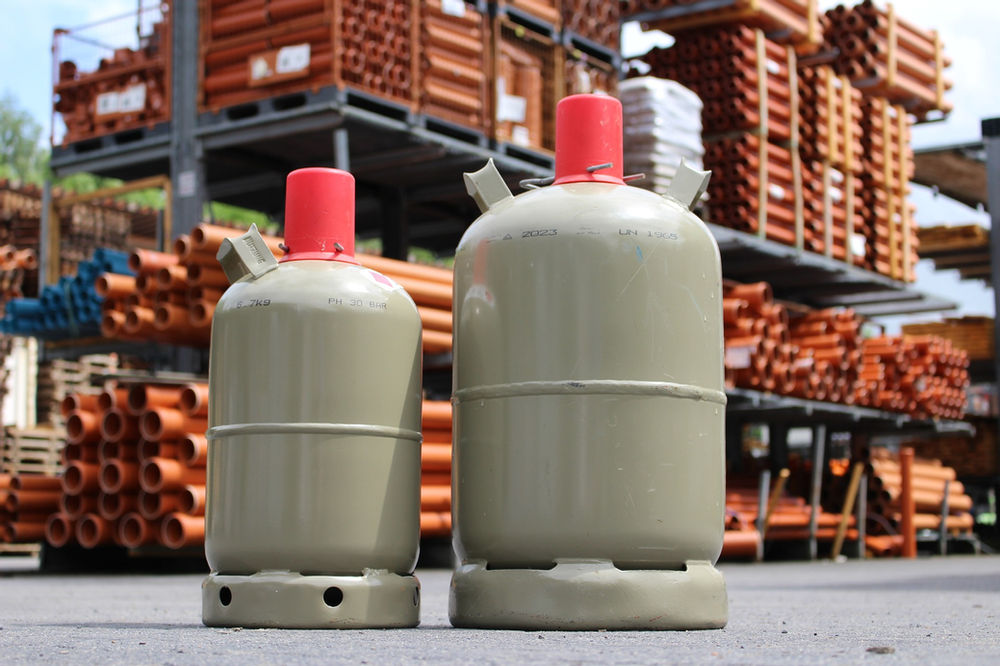Food-grade industrial gases are characterized by their use as a processing aid or as an additive to ensure that standards are maintained. Packages, grinding, slicing, and freezing activities uses these gases. These packaging products comprise various gases such as carbon dioxide, nitrogen, and oxygen. Favorable properties of food-grade industrial gases offer a wide range of applications to end-user industries such as dairy & frozen products, fruits & vegetables, beverages, meat, fish & seafood, and convenience foods.
Increasing demand for ready-to-eat and packaged food owing to the hectic schedules of working professionals is the prime factor that is propelling the growth of the global food-grade industrial gases market. The millennial population is focusing on the consumption of convenient food that can be consumed with minimal preparation time. Rising concern over healthcare towards contamination and safety of nutritional products are generating the need to provide industrial gases during packaging & storage. Also, increasing applications of industrial gases in convenience food, vegetables, seafood, fruits, and beverages is further fueling the market growth. In addition, rising healthcare issues and the growing need for fresh foods without artificial processing and fewer preservatives is contributing to the market growth. However, the use of vacuum pumps for removing oxygen and moisture during the packaging of food and beverage may restrain the food-grade industrial gases market growth. On the other hand, standardized government norms for sustaining the quality of food along with the increasing need for preservation of texture, aroma, and long shelf life in the food and beverage industry are expected to offer a growth opportunity to the global market.
The global food-grade industrial gases market is divided based on type, product type, application, and region. Based on the type, the global market is split into oxygen, nitrogen, carbon dioxide, and others. The product type segment consists of beverages, fish & seafood, dairy & frozen products, bakery & confectionery, fruits & vegetables, meat, and others. Food grade industrial gases have applications in packaging, freezing & chilling, carbonation, and others.
North America region is anticipated to dominate the global food grade industrial gases market and is expected to continue its dominance during the forecast period. Factors such as increasing demand for packaged food products from end-user industries such as bakery & confectionery, processed foods, and cereals in this region are driving the growth of the market. The United States is the major contributing country for the growth of the market. Further, Asia Pacific is increasing at a faster pace in the market and is anticipated to account for the largest share over the forecast period. This is attributed to the rapidly growing population, rising consumption of packaged foods, and increasing day-to-day demand from the millennial population for ready-to-eat & packaged foods.
The Linde Group, Emirates Industrial Gases, Air Liquide S.A., Emirates Industrial Gases, Air Products Praxair, Gulf Cryo, Sol-SPA, Messer Group, Proton Gases, and Universal Industrial Gases, Inc. are some of the leading players that are operating in the global food-grade industrial gases market. These players are investing in strategic mergers & acquisitions and facilitate other organic strategies in the food-grade industrial gases market.
In 2019, Air Liquide S.A. has announced the acquisition of TA Corporate Holdings, Inc. This acquisition helps to improve the air gas and produce special gases.
